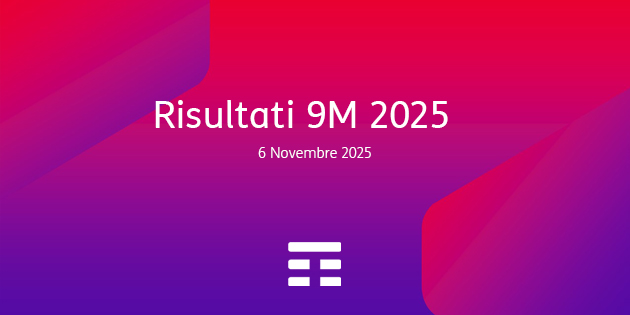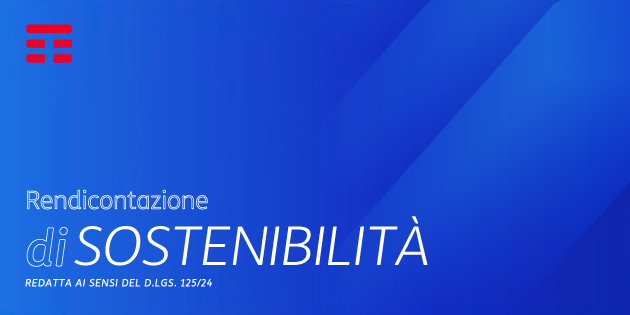Vulnerability Description: Cross-site Scripting (Reflected) - CWE-79
Software Version: 7.0.15
NIST: https://nvd.nist.gov/vuln/detail/CVE-2024-10029
CVSS: 6.1
Severity: Medium
Credits: Claudia Bartolini, Marco Ventura, Andrea Carlo Maria Dattola, Debora Esposito, Massimiliano Brolli
In Eclipse GlassFish version 7.0.15 is possible to perform Reflected Cross-site scripting attacks. Reflected cross-site scripting vulnerabilities arise when data is copied from a request and echoed into the application's immediate response in an unsafe way. An attacker can use the vulnerability to construct a request that, if issued by another application user, will cause JavaScript code supplied by the attacker to execute within the user's browser in the context of that user's session with the application.
Step-by-step instructions and PoC
An unauthenticated remote attacker can create a malicious link that, if it is delivered to the victim (e.g., phishing), can cause JavaScript code execution in the victim's browser and supply some information to the attacker or run arbitrary HTTP Request in the context of victim's session.
Affected Endpoints
• URL: https://[IP]:[PORT]/shared/instanceStatus.jsf
• HTTP GET Parameter: instanceName
Below there is the evidence with the vulnerability details and the payloads used.
Payload used to exploit the vulnerability:
https://[IP]:[PORT]/shared/instanceStatus.jsf?instanceName=%22%20id=%22x%22%20tabindex=%221%22%20onfocus=%22alert(1)%22%20autofocus=%22




